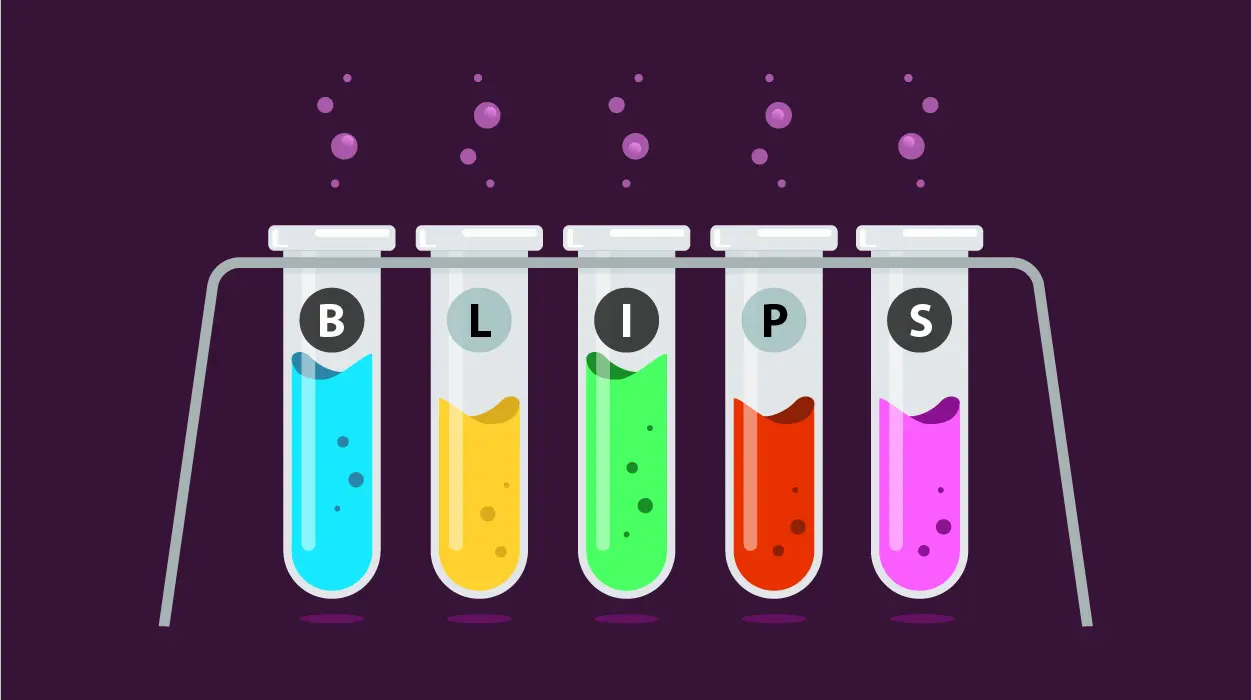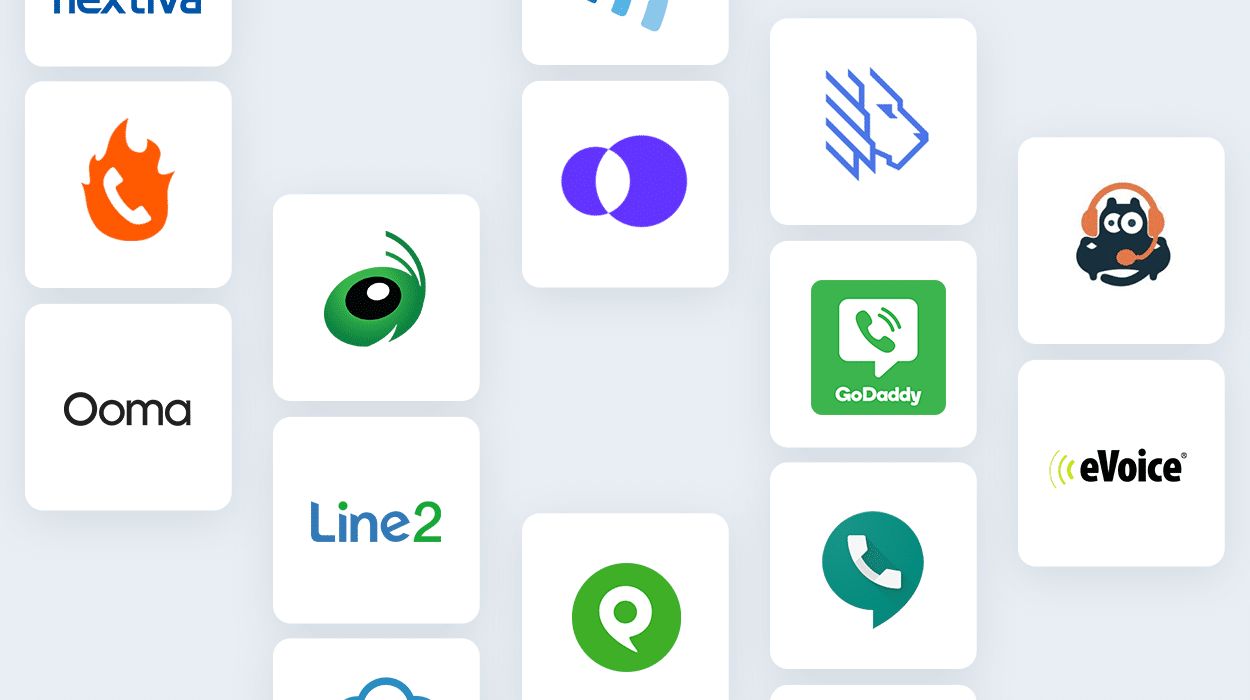How important is it to deliver amazing customer service?
Let me throw some stats at you:
- More than 50% of people are willing to pay extra for a better customer service experience
- More than 30% of customers will walk away from a brand they love after a single bad experience
- More than 65% of companies compete primarily based on customer experience.
And you can find a hundred more studies demonstrating how important the customer experience is in reducing churn, creating loyal customers, and driving revenue. Yet many businesses still struggle to provide consistently good customer service and support.
Why? Because training your customer service team is challenging, especially when you don’t have a framework (or formula) they can consistently follow.
So, if you’re one of those companies, you’ve come to the right place.
Below are six easy-to-teach formulas you can use to train your customer service team to deliver amazing support.
Plus, we included a free template (at the end of this post) that you can use to create your job aid.
Let’s get started!
1. L.A.S.T.
L.A.S.T. stands for Listen, Apologize, Solve, and Thank.
This method works well over the phone, chat, email, and in-person customer service situations where employees can typically resolve most complaints themselves.
It works like this:
✓ Listen
You should actively listen to each customer’s needs or complaints. And you should show your customer you’re listening by repeating their question or concern.
For example, a customer has been overcharged on their cell phone bill and calls your customer service call center. First, the representative should listen to the explanation of what’s wrong by responding with a statement like, “I understand. You have been charged an extra $50 on your bill that you aren’t normally charged.”
✓ Apologize
Once you’ve acknowledged this issue, verbalize your regret that it occurred. Tell your customer you’re sorry. It’s important for customers to feel as if the person they’re talking to empathizes with them.
Continuing with the example above, after the representative has listened to the customer and acknowledged their problem, they can roll right into the apology — even if they aren’t sure if the $50 is correct. They might say, “I’m sorry you must deal with this. Let me look at your account now to figure out what’s going on.”
✓ Solve
Now, work to solve your customer’s problem. As a manager, you must empower your customer service team to solve problems. Make sure they have the tools, training, and resources to solve customer issues, and if they can’t, make sure they have a way of escalating the issue and setting customer expectations properly.
Back to the example, this issue can likely be resolved in one call. The rep might find the charge legitimate and walk the customer through the bill. Alternatively, they might apply for credit to make the customer happy.
✓ Thank
And finally, after every customer interaction, express gratitude. Thank the customer for their business and for bringing the issue to your attention.
To wrap up the example, they should end the call by thanking the customer, saying, “Is there anything else I can do for you? Well, thank you for calling in today. We appreciate your business.”
2. B.L.A.S.T.
B.L.A.S.T. stands for Believe, Listen, Apologize, Satisfy, and Thank.
This method works like the L.A.S.T. method with a few caveats. It works well for over-the-phone, chat, email, and in-person customer service and with frontline employees who can’t immediately solve customer service issues independently.
It works like this:
✓ Believe
First, it begins with Believe rather than Listen. It’s easy for customer service reps to get jaded. Sometimes, customers make things up, for example, or they might complain about things that make no sense. But your reps must know that the customer believes they have a legitimate complaint. The customer service staff must also believe they must attend to the customer.
The rest of this method is similar to L.A.S.T.
✓ Listen
Staff should actively listen to each customer’s needs or complaints. On top of that, they should demonstrate to the customer that they are listening by repeating the question or concern.
✓ Apologize
Once an issue is acknowledged, train staff to verbalize regret that it occurred. It’s important for customers to feel as if the person they’re speaking to truly does empathize with them about the problem.
✓ Satisfy
The S in B.L.A.S.T. stands for Satisfy, which is similar to Solve. Customer service staff should figure out what they have the power to do to make the issue right with the customer. Sometimes, the customer wants to know that the issue will be discussed and addressed in the future.
✓ Thank
Ensure staff express gratitude for the customer and that they took the time to bring the issue to someone’s attention.
For example, a customer shows up with a damaged product in the store. The customer service rep needs to believe — or buy into — that the product was damaged when the customer purchased it. They’ll listen to the customer’s issue and respond with something like, “I understand. The tent you purchased had a hole in it. I’m sorry you had to deal with that defect and apologize for the inconvenience.”
In this case, the customer probably wants to return for a replacement or a credit. Either way, by processing that request efficiently, the rep satisfies the customer. They can then say something along the lines of, “Thank you for bringing this to our attention. We’ll notify the manufacturer. Thanks for shopping with us. We hope you come back soon.”
3. L.A.A.F.
L.A.A.F. stands for Listen, Apologize, Acknowledge, and Fix.
This method works well for over-the-phone, chat, email, and in-person customer service, especially when employees can solve most issues quickly and without escalating the matter to another level.
Here’s how it works:
The Listen and Apologize process steps work the same as in the L.A.S.T. and B.L.A.S.T. methods.
✓ Listen
Staff should actively listen to each customer’s needs or complaints.
✓ Apologize
Once you have demonstrated to the customer that you understand their question or concern, you should apologize in a way that shows empathy.
✓ Acknowledge
Acknowledgment is a step that ties into both listening and apologizing. It reaffirms that the employee has heard and understood the customer’s issue.
For example, someone might complain that they received the wrong food and say they will be late for a meeting. The employee might respond, “I’m sorry that you had to deal with this and understand you’re short on time because of it.”
✓ Fix
Once the issue is acknowledged in this matter, customer service staff should work to fix it as they can.
For example, they might tell the customer they’ll rush the right food order. Alternatively, they might refund the money or give the customer a voucher for a free meal next time — or some combination of all three. The important thing is to do what works best for the customer. For example, another option might be necessary if they don’t have time to wait for new food.
4. H.E.A.R.T.
H.E.A.R.T. stands for Hear, Empathize, Apologize, Respond, and Thank.
This method can be used in various environments, but it may work best for phone and in-person customer experiences.
It works as follows:
✓ Hear
Train your staff to listen to customer complaints truly. Listening and hearing mean not speaking yourself, so staff may need to be patient to allow customers to finish communicating. This is true for written communication, such as chat or email. When digesting customer comments, concerns, or complaints, staff should direct their attention to the matter.
✓ Empathize
Once the customer has communicated, staff should respond in an empathetic way. Starting communication with “I understand” or indicating a shared human response such as “I would also be upset if this happened to me” can help show empathy. Empathy is easier to convey in person or over the phone, so the HEART method may not be the best chat or email support option.
✓ Apologize
Once customer service staff show they care, they should apologize that the client had to deal with this issue.
✓ Respond
Staff should fix the issue immediately if possible. They should still offer a positive response when that’s not an option. Options can include acknowledging the problem and promising it will be addressed or offering to escalate it.
✓ Thank
Regardless of the outcome, train staff to thank the customer for bringing the matter to someone’s attention and being a client.
5. G.U.E.S.T.
G.U.E.S.T. stands for Greet, Understand, Education, Satisfy, and Thank.
Unlike the other methods on this list, G.U.E.S.T. is a general sales and customer service methodology that can be used when serving customers throughout the buying journey. You can use it to deal with complaints, but it’s a good acronym to teach your staff to employ in any situation.
It works as follows:
✓ Greet
Greet people as soon as they enter a store, office, or digital queue. You can use chatbots to greet people who come to your website.
✓ Understand
Train staff to take time to understand a customer’s needs — whether the person is shopping, seeking information, or has a complaint that needs to be resolved.
✓ Educate
Teach your staff the value of education and information over the hard sell — customers are more likely to purchase from someone genuinely trying to help them make the best decision for themselves.
✓ Satisfy
Ensure your staff has the power to provide what the customer needs, whether that’s a product recommendation or a fix for a complaint.
✓ Thank
Ensure staff always thank customers, whether it’s for shopping, purchasing, or bringing a matter to management’s attention.
6. B.L.I.P.S.
B.L.I.P.S. stands for Believe, Listen, Investigate, Present, and Satisfy.
B.L.I.P.S. is the formula we developed here at UniTel Voice. It takes the best elements from the above customer service acronyms and uses them most practically.
Here’s how it works:
✓ Believe
Believe your customers. Take what they’re saying as fact. Sure, a customer could be wrong or even lying but think of your job as a problem solver instead of an interrogator.
✓ Listen
Listen to your customers. To show your customer that you’re actively listening and fully understand their issue, repeat their concern: “I understand you’re having trouble logging into your app”.
✓ Investigate
Investigate the issue. Politely ask as many clarification questions as you need to understand the problem fully. If you need to, pull up the customer in Zoho, log in to their UniTel Voice account, or pick up the phone and call them.
✓ Present
Present your customer with a plan that explains how you will help them solve their problem.
If you can fix the problem for your customers, do it for them immediately.
If your customers can do it themselves, present them with detailed instructions and offer to walk them through each step.
If you can’t solve the customer’s problem right that minute, make sure they understand the action plan for solving their problem, explaining why you can’t immediately solve it, who will solve it, how it will be solved, and when it will be solved.
✓ Satisfy
Satisfy your customers. Ensure the customer is happy with how you addressed and solved their issue. Ask: “Does that make sense?” “Did that help?” “Is there anything else I can do for you?” And don’t forget to say thank you and ask for a review!
*FREE TEMPLATE: Here's our actual BLIPS Job Aid you can use as a template for your own customer support team.
Wrapping It Up
As you can see, much customer service comes down to listening, empathy, and plain old manners. Actively listening, apologizing when something goes wrong, and thanking customers go a long way.
Training your team to do these things consistently takes practice. Make it easier on them by adopting one of these memorable acronyms.
And over time, your customer service team will become known for providing amazing support.
Editor’s Note: Want more handpicked content that’ll help you build your business? Subscribe to our monthly newsletter.






